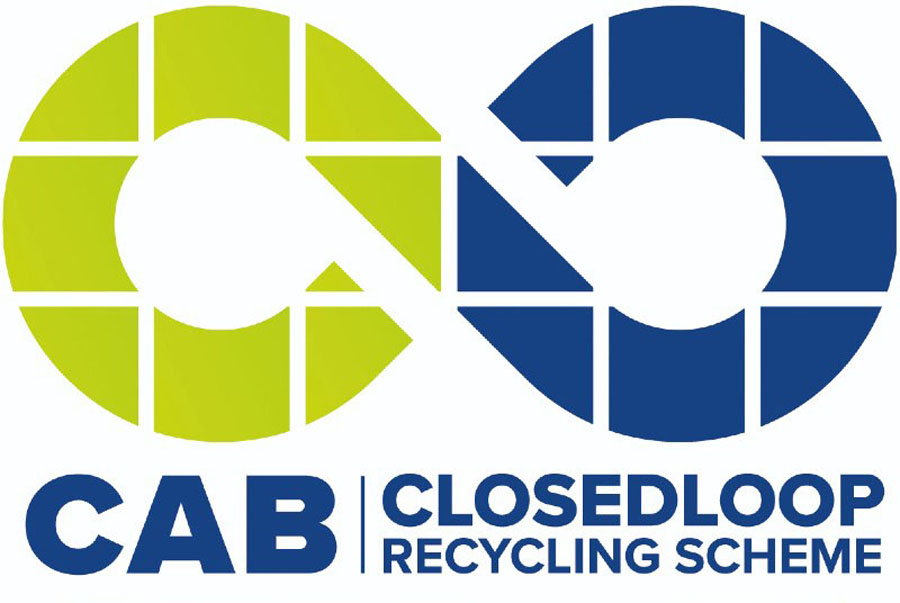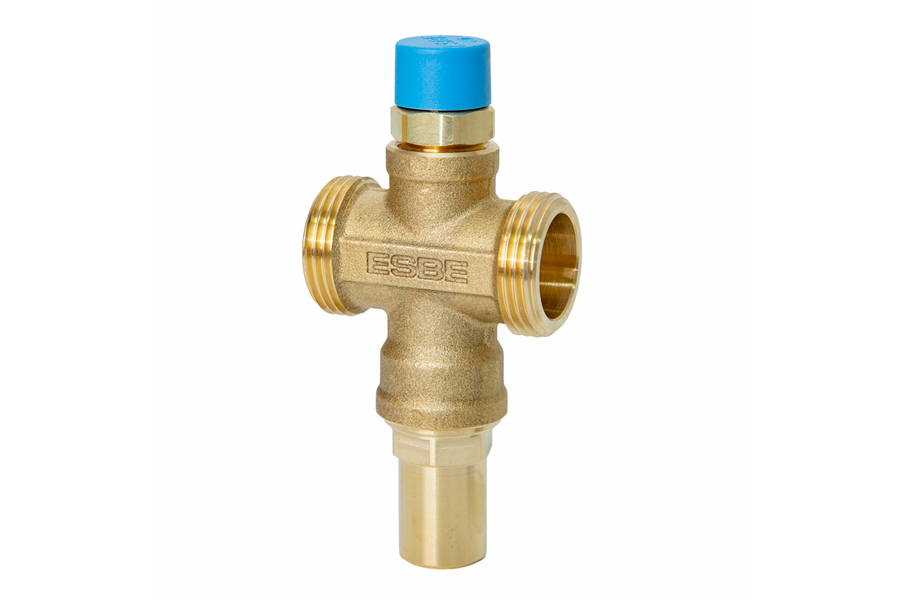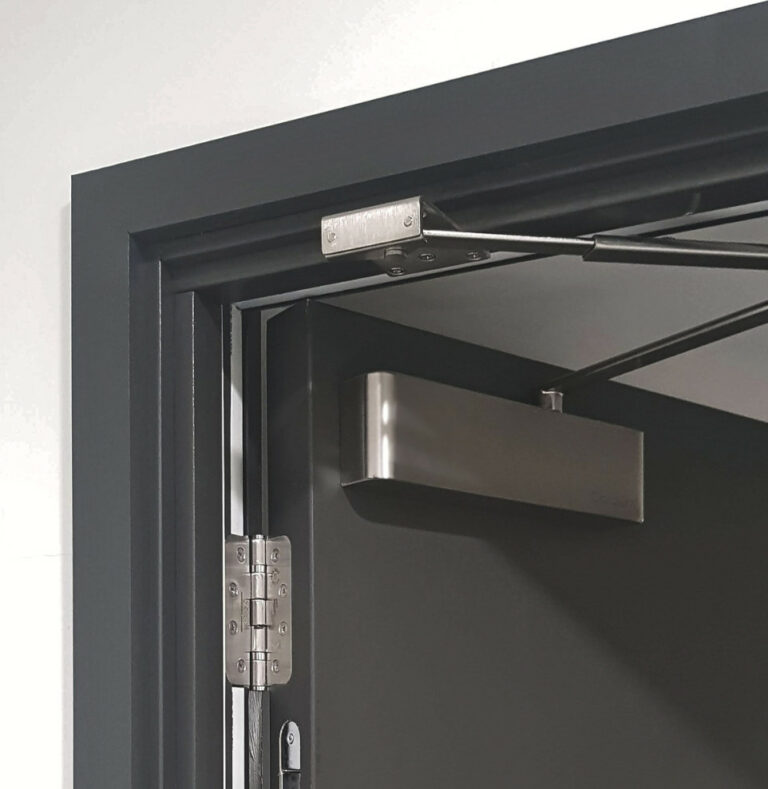
Nigel Headford - CAB Chief Executive
Aluminium is a fundamental component of our daily environment, greatly impacting our modern way of life. Its significance is evident in transportation, construction, and packaging, making it difficult to imagine modern day life without it. The International Aluminium Institute (IAI) indicates that global yearly demand for aluminium is now over 100 million tonnes of semi-fabricated materials, predominantly in sheet and extrusion formats. This demand is fulfilled by more than 65 million tonnes of primary aluminium, over 20 million tonnes from recycled post-consumer scrap, and more than 15 million tonnes from pre-consumer scrap.
Since aluminium’s commercialisation in the 1880’s with the advent of the Hall-Héroult process, aluminium’s recyclability has been well documented. In fact, it has always been encouraged as the material is valued highly with its ability to be virtually 100% recycled. With the advent of portable handheld XRF analysers (X-Ray Fluorescence) the ability to identify the various aluminium alloys outside the laboratory now allows easier recycling of various alloys back into their original grades.
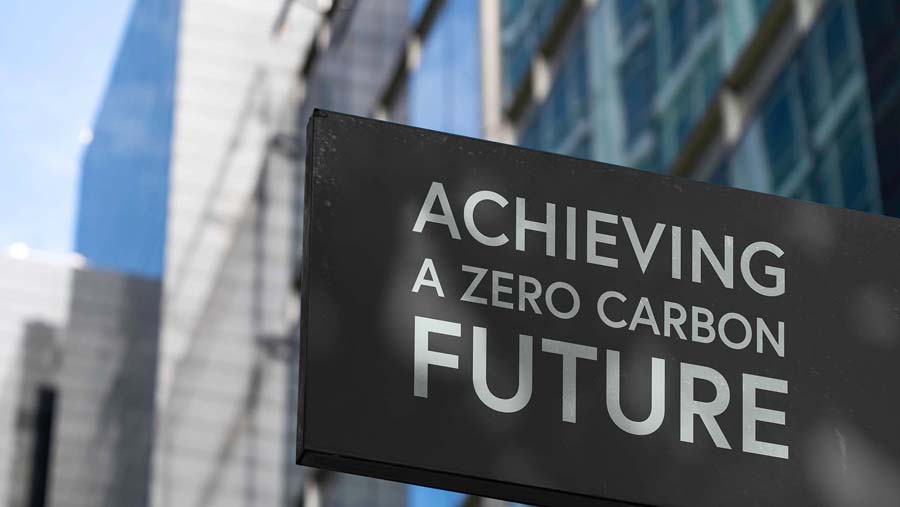
There are currently eight ‘series’ of ‘grades’ used to identify the different types of aluminium alloy available. An alloy is created by mixing other types of materials into the pure aluminium to offer desirable features such as greater strength or a higher melting temperature. These ‘mixes’ are recognised as ‘series’ or ‘grades’ of aluminium that offer different properties, each having a specific application and use. Grades are identified using four-digit numbers with the first number denoting the ‘series’ or ‘grade’ which also indicates the primary alloying elements. This grading system is known as the International ‘Alloy Designation System’. Extrusion grade aluminium used in fenestration is normally a 6061 or 6063 grade of alloy both of which use magnesium and silicon as the alloying elements to create magnesium silicide.
Quickly identifying the alloy enables a closed loop recycling opportunity where there is no loss of quality through cross contamination with other alloys. This has been something that CAB have been pioneering for some time with their own ‘Closed Loop Recycling Scheme’ where members report their recycling amounts within the scheme.
Several recyclers and members of CAB now utilise a modern separation process for aluminium fenestration products where thermal breaks and hardware are removed, resulting in a ‘clean’ aluminium alloy presented in a chipped form for easy handling and transport. This chipped alloy is then shipped directly to a re-melter where the recycled aluminium is formed back into billet or logs for the extrusion process. So, from aluminium extruded windows back into 6061 or 6063 extrusions which are very likely to be used as fenestration profiles once again.
Whilst the aluminium industry is working hard to achieve an 80% reduction in greenhouse gas emissions in the production of prime aluminium, the industry is also expecting that the yearly demand for primary aluminium will increase by up to 40% by 2050.
A great deal of work has already been done in primary aluminium production, where carbon embodiment has been significantly reduced. According to a 2020 white paper, ‘Low-carbon Aluminium, Solution for Sustainable Construction & Renovation’, primary aluminium from China, which has been as high as 20 CO2e/t (carbon dioxide emissions equivalent per tonne of aluminium), drops to an average global production output of primary aluminium of 16.7 CO2e/t. ‘Low-carbon’ primary aluminium in 2020 on average is reported as releasing 6.67 CO2e/ per tonne of aluminium.
Today, while ‘low carbon’ primary aluminium is not formally defined, a carbon footprint of less than 4 CO2e/t is a common reference, representing the very lowest achievable with currently available technologies. This carbon footprint is often referred to as ‘Cradle to Gate’. The global aluminium industry has achieved this figure through the use of renewable energy sources such hydro power and other renewable technologies. Further reductions will soon be possible as the industry begins to adopt emerging green hydrogen technology during the production cycle.
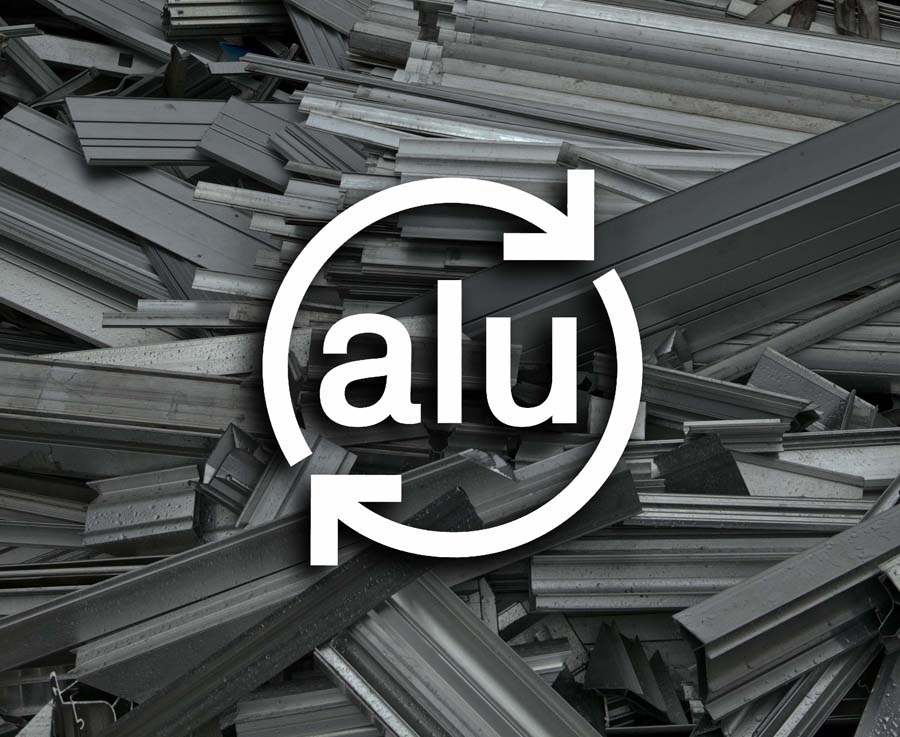
The production of aluminium with a high level of recycled content now means producers are guaranteeing ‘products’ with a CO2e/t footprint below 2.0 CO2e/t, but more has to be done. According to a statement made by the Aluminium Stewardship Initiative (ASI) in February 2022, “Under a 1.5 degree scenario, the aluminium sector must reduce its GHG emissions from over a billion tonnes of CO2e to around fifty million tonnes by 2050. This is less than one-twentieth of current emissions.”
The IAI has also outlined their ‘Aluminium Sector Greenhouse Gas Pathways to 2050’ the report sets out three credible and realistic approaches to emissions reductions for the aluminium industry, this is inline with the International Energy Agency’s ‘Beyond 2 Degree Scenario’, these are:
Electricity decarbonisation, as already mentioned, more than 60% of the aluminium sector’s emissions is from the production of electricity consumed during the smelting process. Decarbonised this power generation with the adoption of Carbon Capture Utilisation and Storage (CCUS) offer the most significant opportunity to reduce emissions to near zero by 2050.

Direct Emissions, these are emissions from fuel combustion that make up a further 15% of industry emissions. Again, electrification and switching to green hydrogen and CCUS offers the most credible pathways. Process emissions make up a further 15% with new pending technologies, these emissions and those in transport and raw materials can be reduced by 50-60% from a Business As Usual (BAU) baseline scenario by 2050.
Recycling and Resource Efficiency, by increasing collection rates to near 100% as well as other resource efficiency progress by 2050 would reduce the need for primary aluminium by 20% compared to BAU, saving a further 300 million tonnes of CO2e per year.
Interestingly, the three above pathways are not unique, in fact, these principles are being adopted across most industries in order to reduce the production of carbon.
All scrap materials from the process, including zinc die castings and stainless steel items are sent for recycling. Residue from resin thermal breaks in older windows is sent away for incineration. In more modern windows, expensive engineering plastics such as polyamide, also known as ‘PA6’ or ‘Nylon 6’, is used to form high strength thermal insulation within the aluminium profile. The recycling process also collects this material in the form of chip material. These chips can be used as a filler in other areas of construction or infrastructure projects, or sent for incineration, a process which is known as ‘energy recovery’ or ‘thermal recycling’. As more polyamide thermal breaks are now entering the recycling arena, work is now underway to recycle this material back into product or back into its constituent parts by the manufacturers.
With more recycling companies dismantling fenestration systems and separating them into various materials for recycling, the specification of aluminium in various construction projects, commercial and residential will continue to grow. A specification of aluminium today, offers a good residual value in the future when the facade is to be replaced. Our cities now become material resources or ‘urban mines’ where we are able to recycle much of the material that already exists.
It is important to recognise that an Association belongs to its Members and the more influence that Members can bring into the Association, the further it will grow. The CAB Board of Directors is committed to grow the Association and continue to increase value for membership. Should you wish to learn more about the use of Aluminium used in Construction, please contact CAB, join the Association and be recognised as being involved in supporting your Industry and helping to shape its future. More information on our website at c-a-b.org.uk
